HSBC 2011 Annual Report Download - page 352
Download and view the complete annual report
Please find page 352 of the 2011 HSBC annual report below. You can navigate through the pages in the report by either clicking on the pages listed below, or by using the keyword search tool below to find specific information within the annual report.-
 1
1 -
 2
2 -
 3
3 -
 4
4 -
 5
5 -
 6
6 -
 7
7 -
 8
8 -
 9
9 -
 10
10 -
 11
11 -
 12
12 -
 13
13 -
 14
14 -
 15
15 -
 16
16 -
 17
17 -
 18
18 -
 19
19 -
 20
20 -
 21
21 -
 22
22 -
 23
23 -
 24
24 -
 25
25 -
 26
26 -
 27
27 -
 28
28 -
 29
29 -
 30
30 -
 31
31 -
 32
32 -
 33
33 -
 34
34 -
 35
35 -
 36
36 -
 37
37 -
 38
38 -
 39
39 -
 40
40 -
 41
41 -
 42
42 -
 43
43 -
 44
44 -
 45
45 -
 46
46 -
 47
47 -
 48
48 -
 49
49 -
 50
50 -
 51
51 -
 52
52 -
 53
53 -
 54
54 -
 55
55 -
 56
56 -
 57
57 -
 58
58 -
 59
59 -
 60
60 -
 61
61 -
 62
62 -
 63
63 -
 64
64 -
 65
65 -
 66
66 -
 67
67 -
 68
68 -
 69
69 -
 70
70 -
 71
71 -
 72
72 -
 73
73 -
 74
74 -
 75
75 -
 76
76 -
 77
77 -
 78
78 -
 79
79 -
 80
80 -
 81
81 -
 82
82 -
 83
83 -
 84
84 -
 85
85 -
 86
86 -
 87
87 -
 88
88 -
 89
89 -
 90
90 -
 91
91 -
 92
92 -
 93
93 -
 94
94 -
 95
95 -
 96
96 -
 97
97 -
 98
98 -
 99
99 -
 100
100 -
 101
101 -
 102
102 -
 103
103 -
 104
104 -
 105
105 -
 106
106 -
 107
107 -
 108
108 -
 109
109 -
 110
110 -
 111
111 -
 112
112 -
 113
113 -
 114
114 -
 115
115 -
 116
116 -
 117
117 -
 118
118 -
 119
119 -
 120
120 -
 121
121 -
 122
122 -
 123
123 -
 124
124 -
 125
125 -
 126
126 -
 127
127 -
 128
128 -
 129
129 -
 130
130 -
 131
131 -
 132
132 -
 133
133 -
 134
134 -
 135
135 -
 136
136 -
 137
137 -
 138
138 -
 139
139 -
 140
140 -
 141
141 -
 142
142 -
 143
143 -
 144
144 -
 145
145 -
 146
146 -
 147
147 -
 148
148 -
 149
149 -
 150
150 -
 151
151 -
 152
152 -
 153
153 -
 154
154 -
 155
155 -
 156
156 -
 157
157 -
 158
158 -
 159
159 -
 160
160 -
 161
161 -
 162
162 -
 163
163 -
 164
164 -
 165
165 -
 166
166 -
 167
167 -
 168
168 -
 169
169 -
 170
170 -
 171
171 -
 172
172 -
 173
173 -
 174
174 -
 175
175 -
 176
176 -
 177
177 -
 178
178 -
 179
179 -
 180
180 -
 181
181 -
 182
182 -
 183
183 -
 184
184 -
 185
185 -
 186
186 -
 187
187 -
 188
188 -
 189
189 -
 190
190 -
 191
191 -
 192
192 -
 193
193 -
 194
194 -
 195
195 -
 196
196 -
 197
197 -
 198
198 -
 199
199 -
 200
200 -
 201
201 -
 202
202 -
 203
203 -
 204
204 -
 205
205 -
 206
206 -
 207
207 -
 208
208 -
 209
209 -
 210
210 -
 211
211 -
 212
212 -
 213
213 -
 214
214 -
 215
215 -
 216
216 -
 217
217 -
 218
218 -
 219
219 -
 220
220 -
 221
221 -
 222
222 -
 223
223 -
 224
224 -
 225
225 -
 226
226 -
 227
227 -
 228
228 -
 229
229 -
 230
230 -
 231
231 -
 232
232 -
 233
233 -
 234
234 -
 235
235 -
 236
236 -
 237
237 -
 238
238 -
 239
239 -
 240
240 -
 241
241 -
 242
242 -
 243
243 -
 244
244 -
 245
245 -
 246
246 -
 247
247 -
 248
248 -
 249
249 -
 250
250 -
 251
251 -
 252
252 -
 253
253 -
 254
254 -
 255
255 -
 256
256 -
 257
257 -
 258
258 -
 259
259 -
 260
260 -
 261
261 -
 262
262 -
 263
263 -
 264
264 -
 265
265 -
 266
266 -
 267
267 -
 268
268 -
 269
269 -
 270
270 -
 271
271 -
 272
272 -
 273
273 -
 274
274 -
 275
275 -
 276
276 -
 277
277 -
 278
278 -
 279
279 -
 280
280 -
 281
281 -
 282
282 -
 283
283 -
 284
284 -
 285
285 -
 286
286 -
 287
287 -
 288
288 -
 289
289 -
 290
290 -
 291
291 -
 292
292 -
 293
293 -
 294
294 -
 295
295 -
 296
296 -
 297
297 -
 298
298 -
 299
299 -
 300
300 -
 301
301 -
 302
302 -
 303
303 -
 304
304 -
 305
305 -
 306
306 -
 307
307 -
 308
308 -
 309
309 -
 310
310 -
 311
311 -
 312
312 -
 313
313 -
 314
314 -
 315
315 -
 316
316 -
 317
317 -
 318
318 -
 319
319 -
 320
320 -
 321
321 -
 322
322 -
 323
323 -
 324
324 -
 325
325 -
 326
326 -
 327
327 -
 328
328 -
 329
329 -
 330
330 -
 331
331 -
 332
332 -
 333
333 -
 334
334 -
 335
335 -
 336
336 -
 337
337 -
 338
338 -
 339
339 -
 340
340 -
 341
341 -
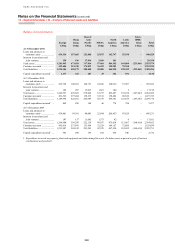 342
342 -
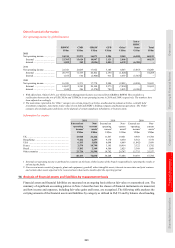 343
343 -
 344
344 -
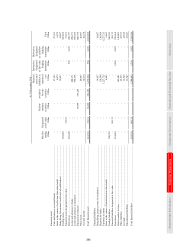 345
345 -
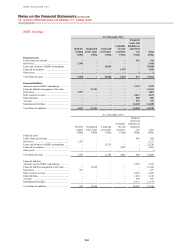 346
346 -
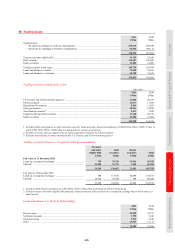 347
347 -
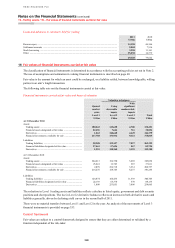 348
348 -
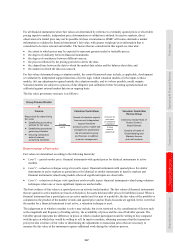 349
349 -
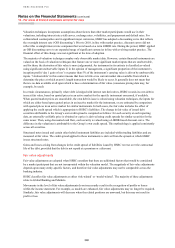 350
350 -
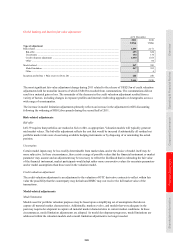 351
351 -
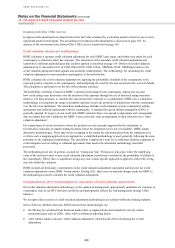 352
352 -
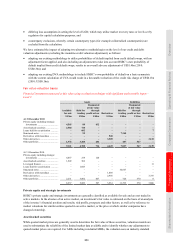 353
353 -
 354
354 -
 355
355 -
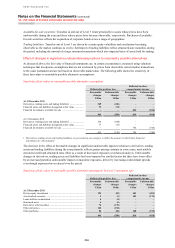 356
356 -
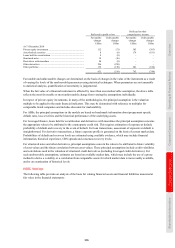 357
357 -
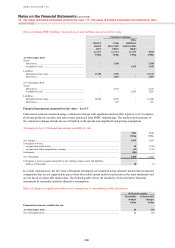 358
358 -
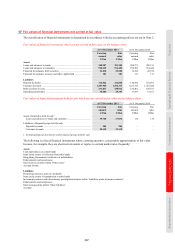 359
359 -
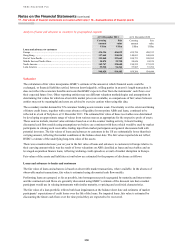 360
360 -
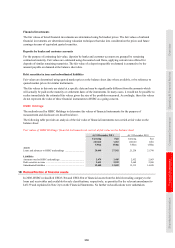 361
361 -
 362
362 -
 363
363 -
 364
364 -
 365
365 -
 366
366 -
 367
367 -
 368
368 -
 369
369 -
 370
370 -
 371
371 -
 372
372 -
 373
373 -
 374
374 -
 375
375 -
 376
376 -
 377
377 -
 378
378 -
 379
379 -
 380
380 -
 381
381 -
 382
382 -
 383
383 -
 384
384 -
 385
385 -
 386
386 -
 387
387 -
 388
388 -
 389
389 -
 390
390 -
 391
391 -
 392
392 -
 393
393 -
 394
394 -
 395
395 -
 396
396 -
 397
397 -
 398
398 -
 399
399 -
 400
400 -
 401
401 -
 402
402 -
 403
403 -
 404
404 -
 405
405 -
 406
406 -
 407
407 -
 408
408 -
 409
409 -
 410
410 -
 411
411 -
 412
412 -
 413
413 -
 414
414 -
 415
415 -
 416
416 -
 417
417 -
 418
418 -
 419
419 -
 420
420 -
 421
421 -
 422
422 -
 423
423 -
 424
424 -
 425
425 -
 426
426 -
 427
427 -
 428
428 -
 429
429 -
 430
430 -
 431
431 -
 432
432 -
 433
433 -
 434
434 -
 435
435 -
 436
436 -
 437
437 -
 438
438 -
 439
439 -
 440
440
 |
 |

HSBC HOLDINGS PLC
Notes on the Financial Statements (continued)
16 – Fair values of financial instruments carried at fair value
350
Inception profit (Day 1 P&L reserves)
Inception profit adjustments are adopted where the fair value estimated by a valuation model is based on one or more
significant unobservable inputs. The accounting for inception profit adjustments is discussed on page 295. An
analysis of the movement in the deferred Day 1 P&L reserve is provided on page 363.
Credit valuation adjustment methodology
HSBC calculates a separate credit valuation adjustment for each HSBC legal entity, and within each entity for each
counterparty to which the entity has exposure. The calculation of the monoline credit valuation adjustment and
sensitivity to different methodologies that could be applied is described on page 154. Of the total credit valuation
adjustment at 31 December 2011 of US$1,050m (2010: US$1,355m), US$746m (2010: US$836m) relates to the
credit valuation adjustment taken against non-monoline counterparties. The methodology for calculating the credit
valuation adjustment for non-monoline counterparties is described below.
HSBC calculates the credit valuation adjustment by applying the probability of default of the counterparty to the
expected positive exposure to the counterparty, and multiplying the result by the loss expected in the event of default.
The calculation is performed over the life of the potential exposure.
The probability of default is based on HSBC’s internal credit rating for the counterparty, taking into account
how credit ratings may deteriorate over the duration of the exposure through the use of historical rating transition
matrices. For most products, to calculate the expected positive exposure to a counterparty, HSBC uses a simulation
methodology to incorporate the range of potential exposures across the portfolio of transactions with the counterparty
over the life of an instrument. The simulation methodology includes credit mitigants such as counterparty netting
agreements and collateral agreements with the counterparty. A standard loss given default assumption of 60% is
generally adopted. In respect of own credit risk, HSBC considers that a zero spread is appropriate and consequently
does not adjust derivative liabilities for HSBC’s own credit risk, such an adjustment is often referred to as a ‘debit
valuation adjustment’.
For certain types of exotic derivatives where the products are not currently supported by the simulation, or
for derivative exposures in smaller trading locations where the simulation tool is not yet available, HSBC adopts
alternative methodologies. These may involve mapping to the results for similar products from the simulation tool
or where such a mapping approach is not appropriate, a simplified methodology is used, generally following the same
principles as the simulation methodology. The calculation is applied at a trade level, with more limited recognition of
credit mitigants such as netting or collateral agreements than used in the simulation methodology described
previously.
The methodologies do not, in general, account for ‘wrong-way risk’. Wrong-way risk arises where the underlying
value of the derivative prior to any credit valuation adjustment is positively correlated to the probability of default of
the counterparty. Where there is significant wrong-way risk, a trade specific approach is applied to reflect the wrong-
way risk within the valuation.
HSBC includes all third-party counterparties in the credit valuation adjustment calculation and does not net credit
valuation adjustments across HSBC Group entities. During 2011, there were no material changes made by HSBC to
the methodologies used to calculate the credit valuation adjustment.
Consideration of other methodologies for calculation of credit valuation adjustments
Our credit valuation adjustment methodology, in the opinion of management, appropriately quantifies our exposure to
counterparty risk on our OTC derivative portfolio and appropriately reflects the risk management strategy of the
business.
We recognise that a variety of credit valuation adjustment methodologies are adopted within the banking industry.
Some of the key attributes that may differ between these methodologies are:
• the PD may be calculated from historical market data, or implied from current market levels for certain
transaction types such as CDSs, either with or without an adjusting factor;
• some entities adopt a non-zero ‘debit valuation adjustment’ which has the effect of reducing the overall
adjustment;
